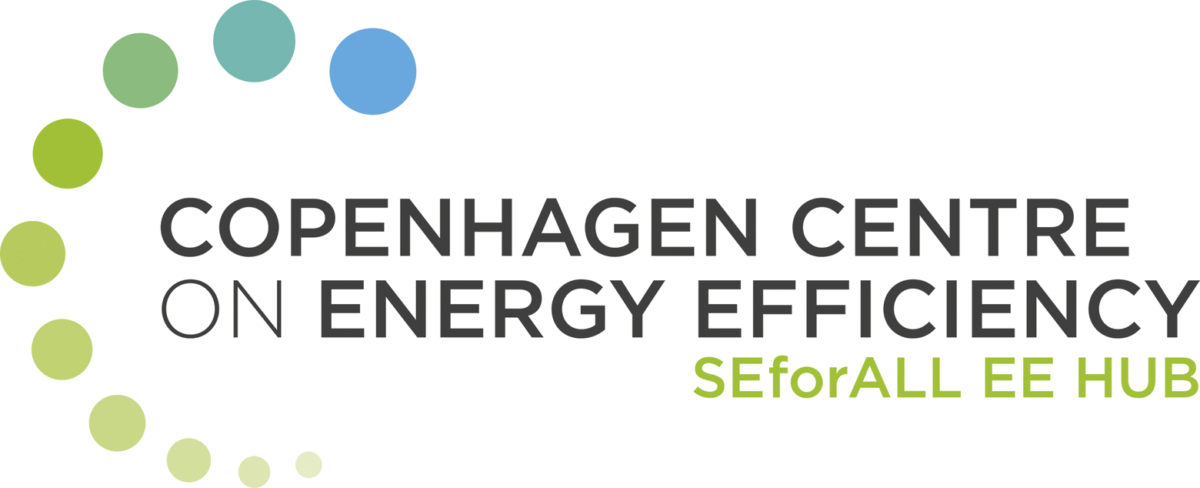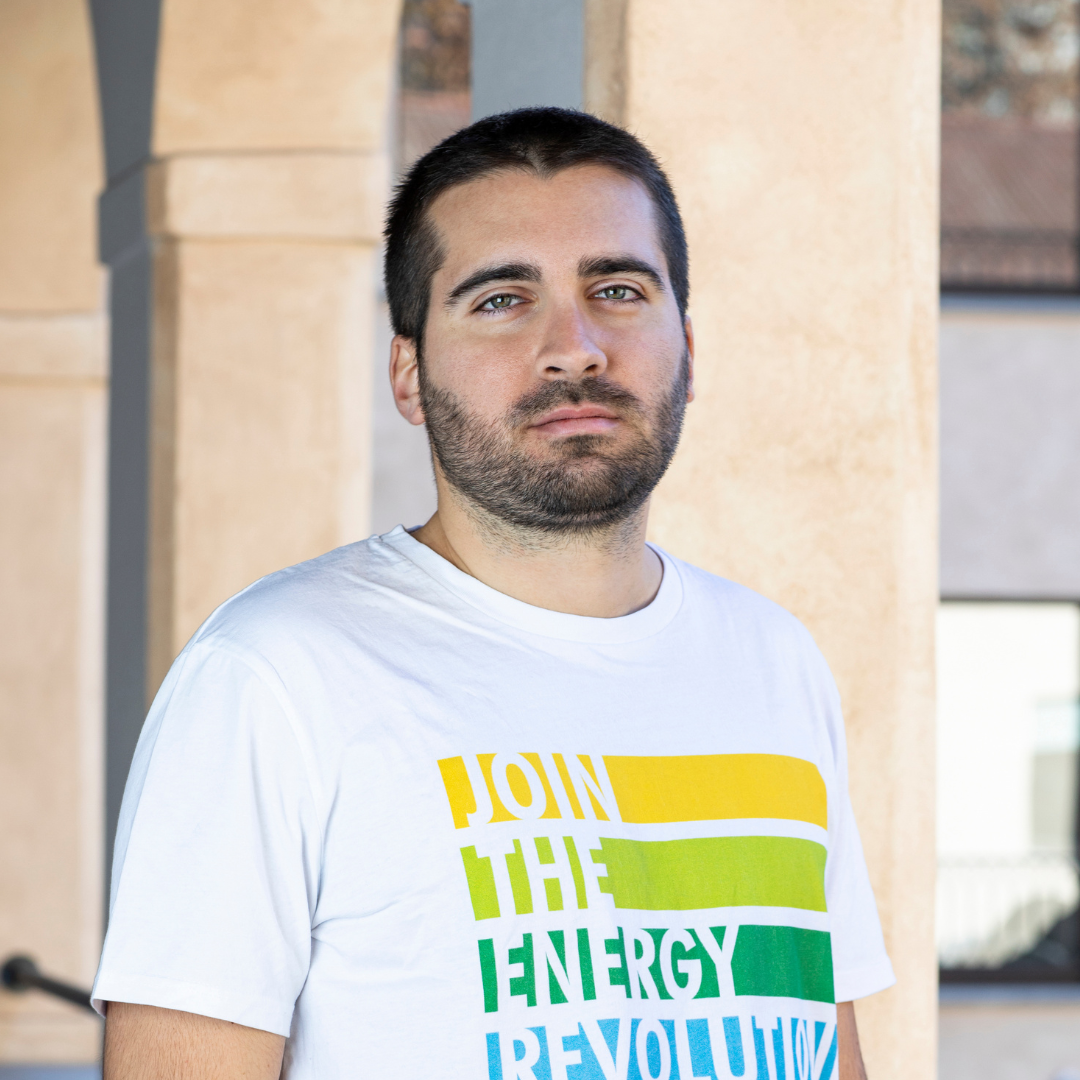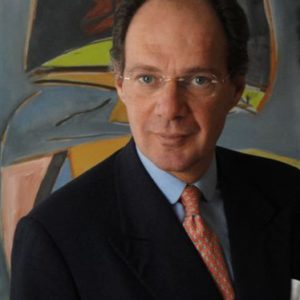The Global ESCO Network hosted an insightful webinar on innovative financial solutions for energy efficiency projects, focusing on crowdfunding and securitisation as tools to overcome persistent financing barriers. The discussion highlighted the urgency of accelerating building renovations to meet EU climate targets and explored practical models for mobilising both citizen and institutional capital.
Federico Antonio Canu opened the session by emphasising that financing remains the top challenge for ESCOs worldwide. “Finance, finance, finance is the top three barrier for ESCOs,” he noted, stressing the need for creative approaches to unlock capital for smaller projects that often struggle to meet traditional banking requirements.
Nicolò Sovico, CEO and Co-founder of Ener2Crowd, introduced the concept of citizen-driven financing through crowdfunding. “Ener2Crowd was born in 2018 and is now one of Europe’s leading platforms for alternative investments. We enable citizens to invest directly in renewable energy and energy efficiency projects,” he explained. Ener2Crowd has raised €51 million for over 200 projects, engaging 20,000 green investors. Sovico detailed two financing models: lending crowdfunding, which offers short-term loans with flexible terms, and equity crowdfunding, where investors become shareholders. He highlighted that average returns on the platform exceed 8%, significantly higher than traditional instruments, and added, “Crowdfunding unlocks citizen liquidity—Italy alone has €6 trillion in savings.”
Giulia Semeniuk, Project Manager at Ener2Crowd, provided context on why building renovation is critical. “Buildings consume 40% of EU energy, and 75% are inefficient. Renovation rates are far below targets—crowdfunding can bridge the financing gap,” she said. Semeniuk introduced innovative concepts such as performance-based interest rates for building residents and discussed barriers like investor confusion, tax obligations, and fundraising caps. Despite these challenges, she noted that alternative finance is booming, with Italy experiencing a 124% growth rate between 2015 and 2022. “People are increasingly aware of the climate crisis and want to make a tangible impact,” she concluded.
The discussion then shifted to large-scale financing with Csaba de Csiky, Chairman and Senior Partner at EnerSave Capital. “Securitisation is not a competing tool—it complements crowdfunding by scaling finance,” he stated. Csaba explained the SSEEAL model (Securitized Sustainable Energy Efficiency Asset Ledger), which leverages white certificates in France and Spain to create secure, tradable financial products. By bundling receivables into bonds, ESCOs can de-leverage their balance sheets and attract institutional investors. “Standardisation of contracts is key to streamline securitisation and accelerate the energy transition,” he emphasised, illustrating how harmonised documentation can reduce legal complexity and unlock billions in capital.
The webinar concluded with a clear message: crowdfunding empowers citizens and SMEs by offering attractive returns and community engagement, while securitisation provides scale, liquidity, and risk diversification for larger portfolios. Together, these tools address ESCO financing barriers and support EU climate goals. Harmonisation and standardised contracts remain crucial for market growth.
Share this
Sector: ESCO
Country / Region: Italy, Luxembourg
Tags: clean energy transition, crowdfunding, energy efficiency, ESCO, financing, Investors Citizens, securitisationKnowledge Object: eLearning
Publishing year: 2025
Content:




